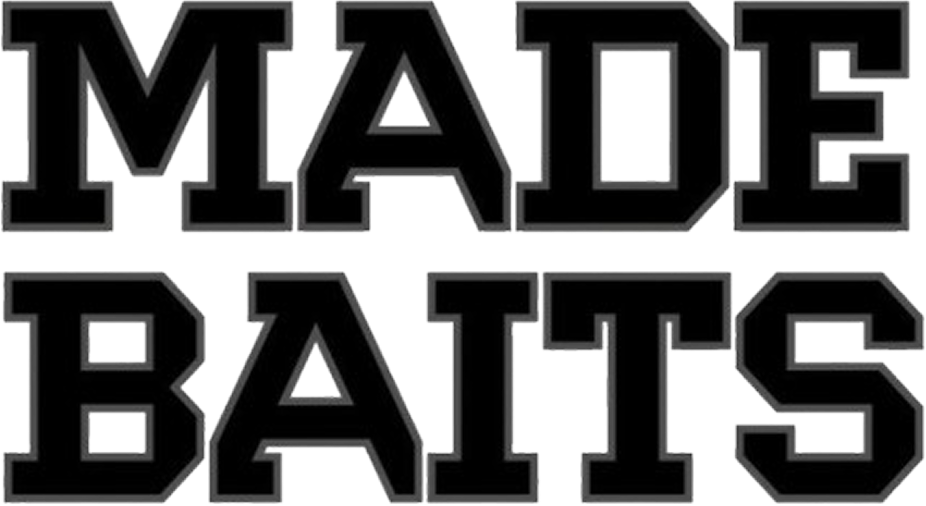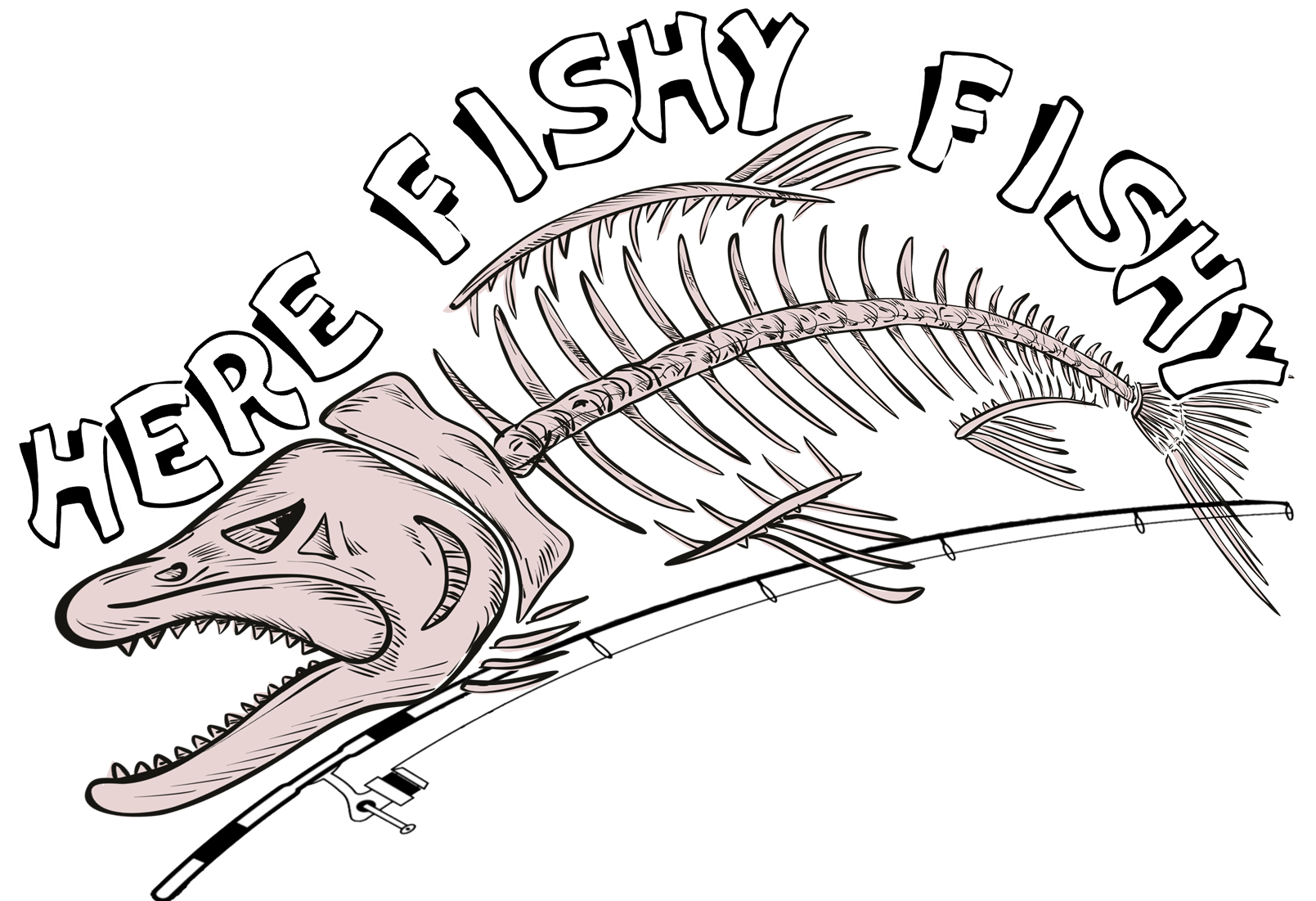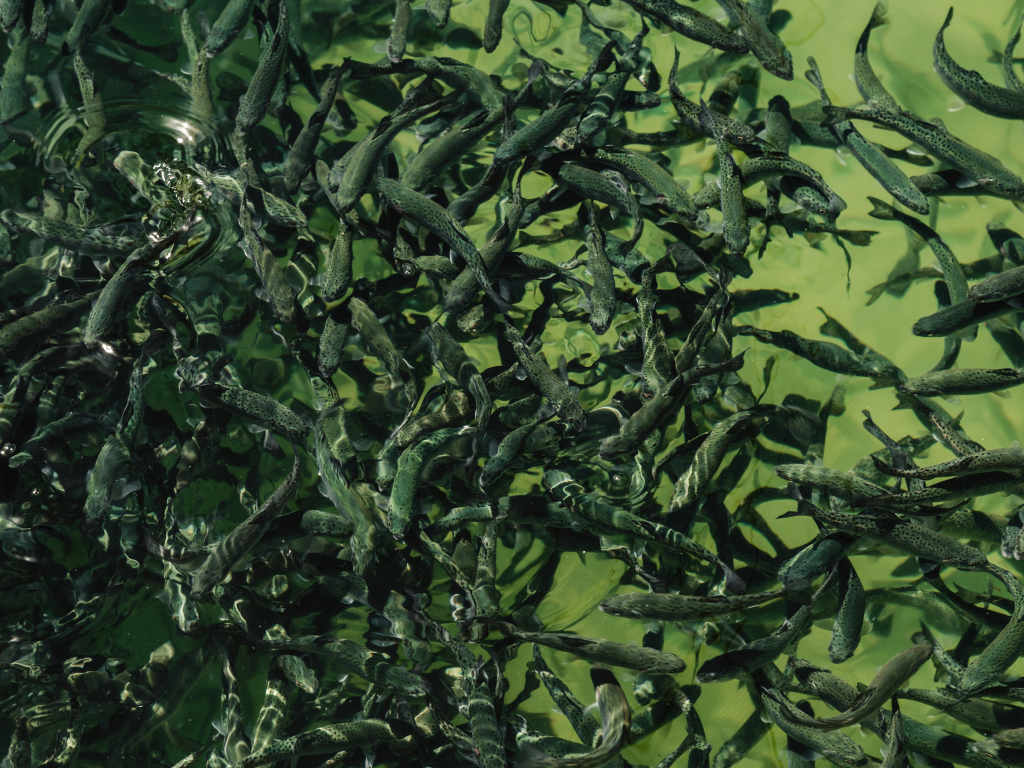CDFW: 'Salmon Everywhere' One Year After Klamath River Dam Removal
Subscribe to The Fish Sniffer
Stay up to date with the latest fishing reports and expert tips.
The naysayers said for many years that it couldn't be done — that salmon wouldn’t return to their original habitat in the Upper Klamath Basin once the four PacifiCorp dams on the Klamath River were removed. Well, the naysayers have been proven wrong again.
A little more than a year after the historic removal of four hydroelectric dams on the Klamath River, California Department of Fish and Wildlife (CDFW) scientists are seeing salmon reoccupying “just about every corner of their historic habitat,” according to a CDFW press release.
“The speed at which salmon are repopulating every nook and cranny of suitable habitat upstream of the dams in the Klamath Basin is both remarkable and thrilling,” said Michael Harris, Environmental Program Manager of CDFW’s Klamath Watershed Program, in a statement. “There are salmon everywhere on the landscape right now, and it’s invigorating our work.”
While adult returns of salmon are ongoing and final estimates won’t be available until January in preparation for the Pacific Fishery Management Council meetings that craft the ocean and river salmon seasons on the West Coast, initial reports indicate “a stronger fall-run Chinook salmon return than last year with widespread dispersal of the fish,” the CDFW wrote.
Recent signs of salmon recovery throughout the Klamath Basin include:
“The Oregon Department of Fish and Wildlife and Klamath Tribes report seeing widespread salmon spawning within the Oregon portion of the Klamath River, including within multiple tributaries upstream of Klamath Lake where salmon haven’t been seen in more than century.
“Fish-counting stations on newly accessible tributaries within the former reservoir footprints in California have recorded 208 adult Chinook salmon in Jenny Creek and 260 adult Chinook salmon in Shovel Creek to date. While multiple state and federal agencies, Tribes and non-governmental organizations are monitoring salmon throughout the Klamath Basin, CDFW is particularly focused on monitoring these newly accessible tributaries. CDFW field crews are surveying regularly for salmon nests and adult fish.
“CDFW snorkel crews this summer documented juvenile salmon and/or steelhead occupying nearly all of the newly accessible tributaries in the reservoir footprints. In Fall Creek, one of the newly accessible tributaries upstream of the former Iron Gate Dam location, approximately 65,000 wild juvenile Chinook salmon were counted.
“CDFW’s Fall Creek Fish Hatchery, a $35 million state-of-the-art facility in its second year of operation, began spawning returning fall-run Chinook salmon in mid-October. To date, the hatchery has spawned 416 female fish and collected roughly 1.27 million eggs – four times the number of salmon spawned this time last year. More than 1,200 Chinook salmon have entered the hatchery so far.
“Temperature monitoring in 2024 and 2025 along the mainstem Klamath River following the removal of the four dams reveals the return of natural, seasonal fluctuations of water temperatures benefiting salmon. Post-dam removal water temperatures are cooling sooner in the fall when adult fall-run Chinook salmon are returning and need that cool water most followed by warming temperatures in the spring when juvenile salmon are rearing and out-migrating to the ocean.
‘Scientists are seeing a lower prevalence of Ceratonova shasta – or C. shasta – a parasite that plagued juvenile salmon prior to dam removal. Harmful algal blooms in the Klamath River are smaller now and less frequent since dam removal.”
A primary goal of Klamath River dam removal was the “reestablishment of viable, wild, self-sustaining populations of salmon and other anadromous fish species for conservation, for their ecological benefits, and to enhance Tribal, commercial and recreational fisheries,” the CDFW noted.
To that end, CDFW has invested more than $30 million to support fish habitat restoration projects within the Klamath Basin. These investments include:
$20 million in grants awarded to 10 projects within the Scott and Shasta rivers and watersheds, crucial salmon strongholds within the Klamath Basin. These projects, which include improved fish passage and post-McKinney Fire restoration, were developed in collaboration with and in support of local Tribes, ranchers, farmers and nonprofit fish conservation organizations.
A $130,000 grant to Trout Unlimited to remove a manmade concrete barrier on Jenny Creek to reopen approximately one mile of additional salmon and steelhead spawning and rearing habitat.
A $1.4 million grant to Trout Unlimited to install buffer fencing around the Iron Gate and Copco I reservoir footprints. The fencing will protect approximately 3,235 acres of riparian habitat within the reservoir footprints, support restoration plantings and reduce erosion that negatively impacts water quality and salmon and steelhead populations.
A $582,915 grant to the Klamath River Renewal Corporation (KRRC) to develop new public access and a recreational boating launch facility in the Copco Valley, site of the former Copco Lake reservoir, to provide new public access to the restored Klamath River for boating, fishing and other recreation.
“The historic Klamath River dam removal project was a key milestone of Gov. Gavin Newsom’s Salmon Strategy for a Hotter, Drier Future, introduced in 2024 to chart important priorities and actions needed to support California’s struggling salmon populations,” the CDFW concluded.
In fall 2024, CalTrout and their partners installed a SONAR fish counting station at the entrance to newly-reopened habitat on the Klamath River.
“For the first time since Iron Gate Dam’s construction in 1964, anadromous fish could return upstream of the removed dam. The SONAR recorded more than 9,600 fish crossing this historic threshold, marking the beginning of population reestablishment, and we estimated that 7,700 of those fish were Chinook salmon,” the group stated: caltrout.org/...
Klamath River adult Chinook numbers are over triple those of last fall
The Klamath River below the former dam sites this fall has also seen a dramatic increase in numbers of fall Chinooks in the weir counts on the tributaries this fall.
The fall Chinook weir counts on the Klamath River, Shasta River and Scott River and tributaries are over 3 times higher than they were last year.
“The numbers from this year's fall Chinook salmon run tell a striking story,” reported Jay A. Martin of the Yreka News. “By mid-October 2024, the Shasta River had counted 1,871 adult Chinook salmon. At nearly the same point in 2025, that number stands at 5,745 - more than triple last year's count. Across every tributary monitored by the California Department of Fish and Wildlife, 2025 is delivering substantially stronger returns than 2024.”
The year-to-year comparison on adult Chinook salmon is as follows:
Shasta River: 1,871 (2024) → 5,745 (2025)
Scott River: 81 (2024) → 1,639 (2025)
Bogus Creek: 56 (2024) → 323 (2025)
Jenny Creek: Data delayed in 2024 → 216 documented in 2025
Shovel Creek: Just began operations in 2024 → 194 in 2025.
The most recent weir adult fish count published by the CDFW on Nov. 14, 2025 shows an upswing in coho salmon numbers, along with the big Chinook numbers:
Shasta River: 5,858 adult Chinook Salmon, 3 adult Coho Salmon, and 273 adult Steelhead
Scott River: 2,896 adult Chinook Salmon, 36 adult Coho Salmon and 124 adult Steelhead
Bogus Creek: 319 adult Chinook Salmon, 2 adult Coho Salmon and 1 adult Steelhead
Jenny Creek: 208 adult Chinook salmon, 2 adult Coho Salmon and 1 adult Steelhead
Shovel Creek: 216 adult Chinook salmon, 1 adult Coho Salmon and 0 adult steelhead.
What else do we know about the Klamath salmon and steelhead runs this year?
“We know for certain salmon and other anadromous fish are now spawning in places they haven’t done so in over a century,” summed up Craig Tucker, natural resources consultant for the Karuk Tribe. “We now know that water quality has improved in the fall when adult fish are migrating. And we know that we have all but eliminated toxic algae blooms in the former reservoir reach.”
There is no doubt that this dam removal and river restoration wouldn’t have taken place without the intense campaign over the past two decades, including rallies and other protests, by the Tribes, fishing groups, environmental organizations and their allies.














